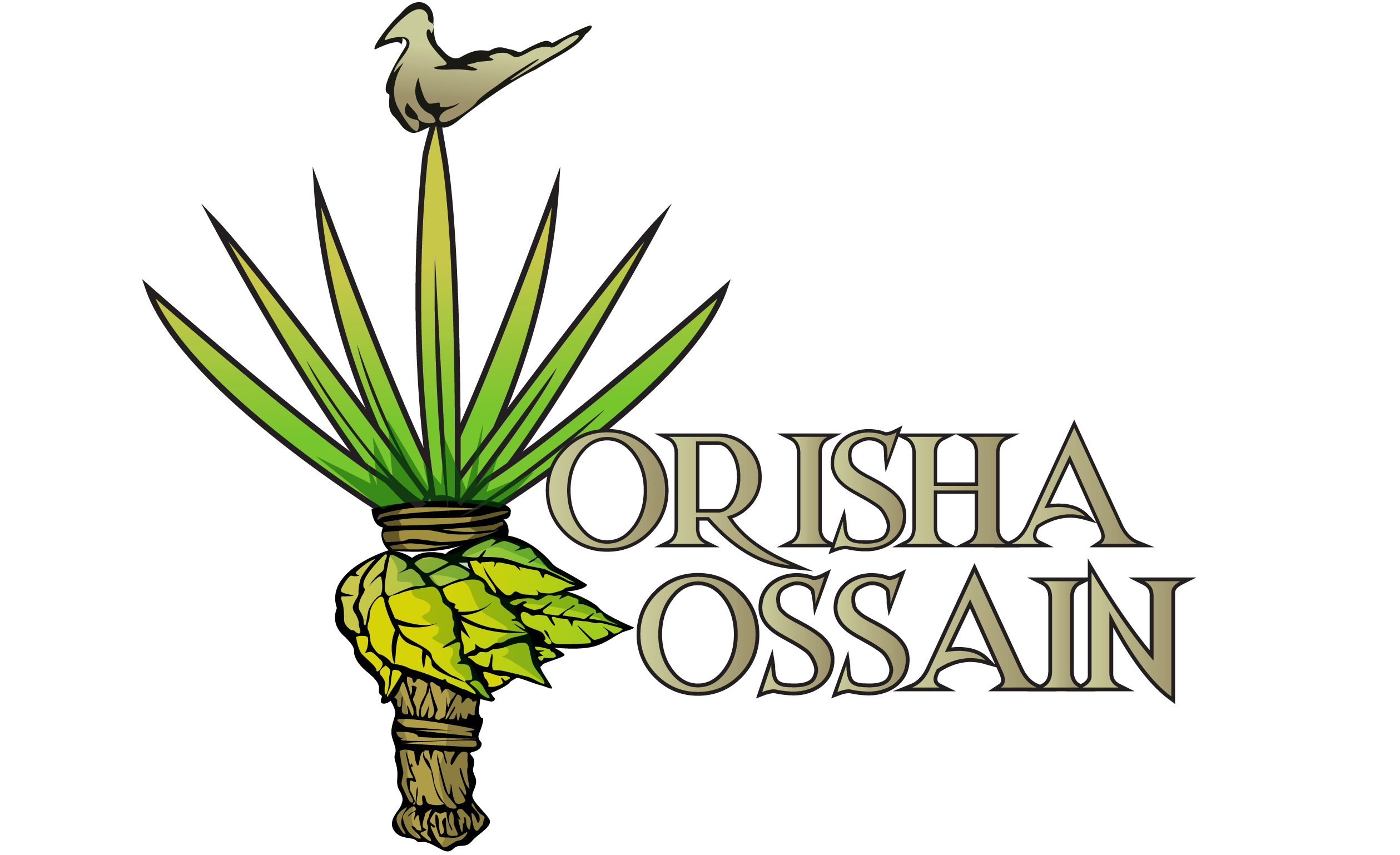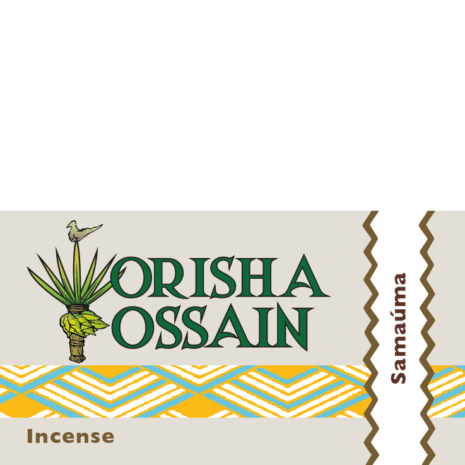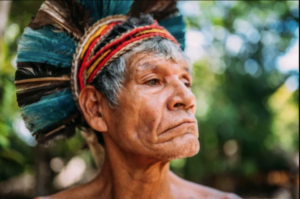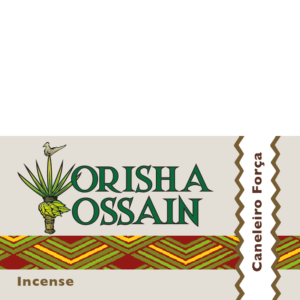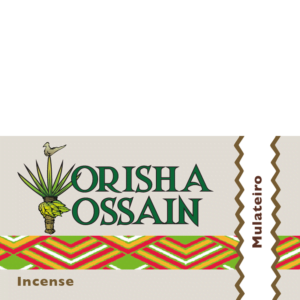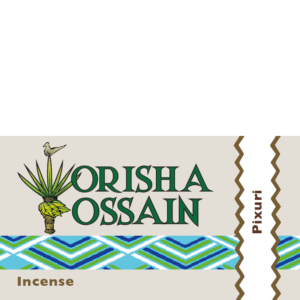Rapé Samaúma
From: $19.73
Rapé Samaúma is a special Rapé from the Yawanawa tribe in which the ashes of the Samaúma tree are used. Samaúma Rapé, Bashawa, Caneleiro, Mulateiro, Yawanawa and Yawa-Menta in my shop come from the same group of Yawanawa Indians
Rapé Samaúma
Rapé Samaúma is a special Rapé from the Yawanawa tribe in which the ashes of the Samaúma tree are used. Samaúma Rapé, Bashawa, Caneleiro, Mulateiro, Yawanawa and Yawa-Menta in my shop come from the same group of Yawanawa Indians. The Yawanawa say that Samaúma connects to the ancestral energy and will also heat the head.
About Samaúma/Kapok
The Samaúma or Kapok tree (Ceiba pentandra) grows in the Amazon. The Brazilian indigenous who live in the forest consider it to be a sacred tree. Samaúma trees can easily reach a height of 70 meters and therefore it is one of the largest trees in the world’s flora.
This tree can remove water from great depths of the Amazonian soil and not only bring it to fuel itself but also to share with other species.

The natives consider it “the mother of all trees. They call the roots sapobemba. In past times the Indians used these roots as a way of communication through the forest. Tapping the huge roots with a big piece of would coded messages traveled far in the jungle. Besides the medicinal properties, the forest people consider Samaúma a tree with magical powers.
It protects the other trees in the forest and the inhabitants of the forest. Sometimes the Indians use samaú bark as an additive in a special version of the ayahuasca brew.

The Yawanawa Tribe
The Yawanawá (yawa/white-lipped peccary; nawa/people) are a group belonging to the Pano linguistic family who today occupy the Gregório River Indigenous Land.
The Yawanawá community is in reality a conjunction of people that includes members from other groups: Shawãdawa (Arara), Iskunawa (nowadays known as Shanênawa, who live in a village close to the town of Feijó), Rununawa, Sainawa (generally known as Yaminawá, who live in the Bagé river region), and Katukina.
This configuration is the end result of a sociological dynamic common to many Pano groups – alliances. Through marriage, the capture of women during warfare conflicts, the migration of families – and a series of historical contingencies.
Would you like to know more about the Amazon indigenous tribes or other tribes’ cultures around the world? Have a look at this interesting website.
Yawanawa Rapé
The Yawanawa call their Rapé “Rume”. It contains mostly the ash of the bark of the Tsunu tree. They add the ash of the bark of the Txunú tree and a strong herb that resembles mapaccho. This makes a special and very unique Rapé blend.
The Amazonian tribes use the Tsunu tree bark often for healing and curing purposes. Rapé has a supportive role during ayahuasca ceremonies and is often used before ayahuasca. It enhances the effects and the opening of the spirit for the ceremony. But also during intense ceremonial experiences, it eases vomiting and cleaning.
“We mostly use rumê in our sacred ceremonies with UNI (our sacred drink, more commonly known as ayahuasca). But, rumê is also taken in the afternoon, before washing. The water cleans our body and spirit; it’s our favorite part of the day”.
Tepi and Kuripe
Have a look at the collection of Tepi and Kuripe. Various styles from different artists are available. 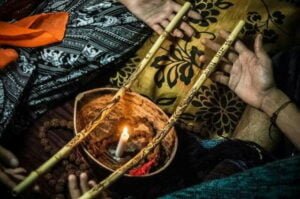 Tepis receiving blessings from their creators
Tepis receiving blessings from their creators
Handling & Sorting
I sieve this rapé Samaúma and all other snuff coming from my shop through a 120-micron high-grade stainless steel mesh. I also store the Rapé stock dry and in vacuum containers to prolong freshness and quality.
This results in.
- an extremely fine powder.
- a guaranteed consistent fineness
- optimal absorption of the snuff
